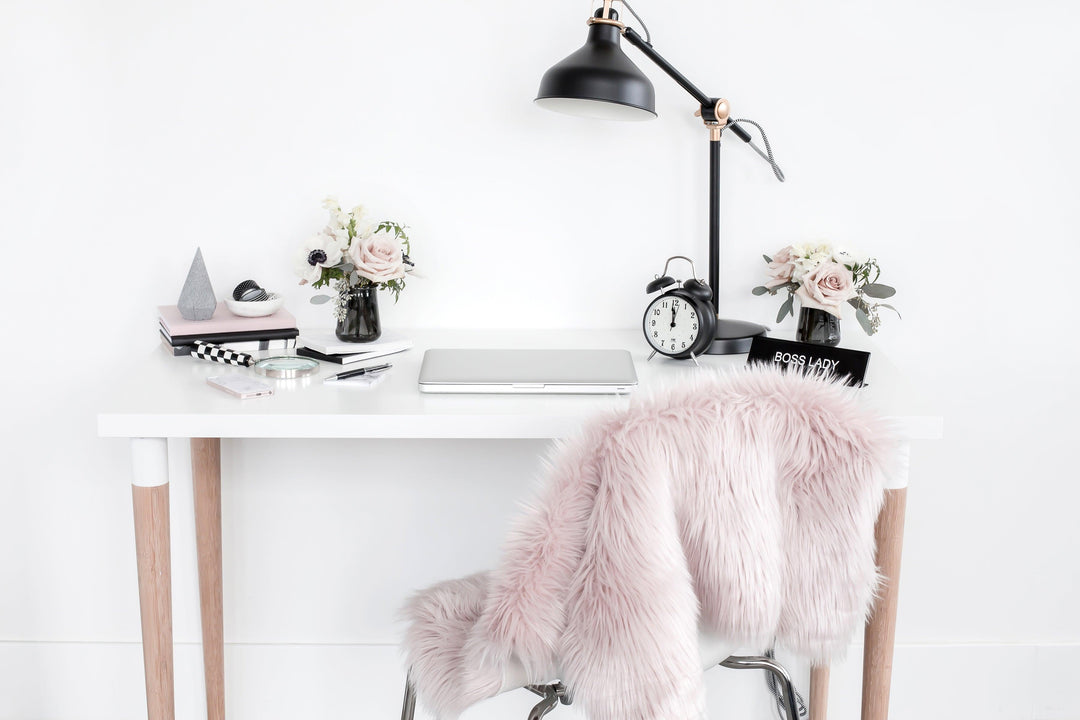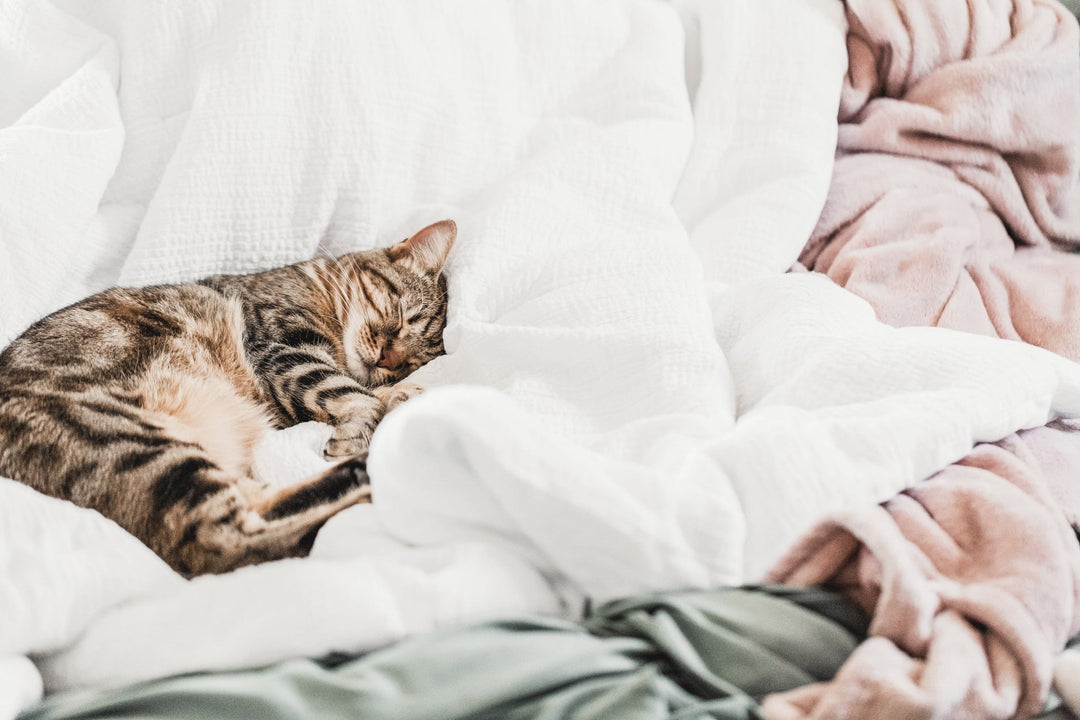What do I do if someone makes an illustration or painting based on my photograph?
As we know, only a copyright holder has the exclusive rights to a creative work, and only they can grant a person a license to use their image or work.
So what if you believe someone has imitated or copied one of your photographic images?
The short answer: If an artist makes an illustration or painting or any other work of art based on a photograph they may or may not be violating copyright law.
For example: if they base their painting on an oft photographed or painted location, generic subject matter, or an image that has been taken by numerous photographers they would likely not be violating copyright law.
However: if they create their painting, illustration or other work of art from a specific photograph or if your photography is known for a particular unique style, and their images are readily identifiable with you as the photographer, and an artist copies one of your photographic compositions or incorporates your photographic style into their painting or illustration they may be liable for copyright infringement.
A claim for copyright infringement is something you might want to consider if you believe that an artist has “extensively, obviously and knowingly” copied or imitated your work, and it is readily identifiable with you and your work. One famous case, as an example, involved a photographer who successfully sued artist Jeff Koons for not requesting permission or licensing before making a ceramic work that very closely resembled her photograph of a couple posing with multiple puppies while seated on a park bench.
Copyright Infringement is only possible if the artist did not request permission from you as the photographer in advance to use the image in question as a basis for their painting or illustration.
This is particularly the case where an artist requests permission and agrees with you in advance about how they intend to use the image where their work will be sold or used to make money.
If you believe a painting or illustration has been painted directly from one of your photographs, and that artist is selling that work in any form, you will likely want to consult with an attorney about copyright infringement.
When is using a photograph in the course of creating a painting not copyright infringement
Just like you might take inspiration from the work of another photographer, or artist, or ad campaign, if an artist creates a painting which is their own personal interpretation of a photographer’s techniques for creating visual effects, for example lighting or post production effects, and the artist or illustrator uses those techniques as inspiration for their painting or illustration rather than copying them directly, they are unlikely to have infringed your copyright. An artist can also use multiple reference photographs from multiple points of view or style and combine them in a new way.
At this stage, the most important question to ask is whether the painting or illustration is readily identifiable as a copy of your work?
This is where it can be helpful to have people around you that you trust to be honest with you to allow you to reality check you – are they seeing what you’re seeing? Having an Attorney as part of your team ensures you have someone you can trust to tell you the truth.
Artists, including photographers, borrow or appropriate the techniques of other artists both as part of the learning and training process and as part of being inspired to create. The question is how much and how directly they are inspired, how extensively and obviously they borrow, and in some cases the reason for which they have used your work as inspiration.
Fair Use
An artist who has used your work as part of their own may also not be infringing copyright if they make “fair use” of your work. Understanding “fair use” is important because this doctrine can be used as a defense against allegations of copyright infringement, this is because there are exceptions that allow for use of images if the use serves the public good by meeting certain exceptions.
Courts tend to measure fair use by these four points (sometimes referred to as prongs) outlined in §107 of the Copyright Act:
- the purpose and character of the use, including whether such use is of a commercial nature or is for nonprofit educational purposes;
- the nature of the copyrighted work;
- the amount and substantiality of the portion used in relation to the copyrighted work as a whole; and
- the effect of the use upon the potential market for or value of the copyrighted work.
It’s been widely held that the first prong of fair use will be satisfied if an artist or any person uses the image for purposes of commentary, criticism, reporting, or teaching.
In addition, the Supreme Court has unequivocally held that a parody and or a satire may qualify as a fair use image under the Copyright Act since it’s a commentary on an original work.
It may be a hit to the ego, but if one of your images is used as the basis for parody or satire by an artist or illustrator, it is unlikely that you would be successful in claiming copyright infringement. This also covers the use of images in classroom settings for educational purposes, like you might see in art appreciation classes.
Derivative Works.
Let’s circle back to where we started and dig a little digger in legal terms. When we talk about an artist creating a painting or illustration directly from a photograph, what we are talking about in legal terms is the creation of a derivative work. The creation of a derivative work is by definition an infringement of copyright. The only person who can give permission for the creation of a derivative work is the owner of the copyright.
You may want to work with artists and illustrators on collaborations. If this is part of your practice or business as a Photographer, it’s a good idea to agree in advance, in writing, to any exchange of monies or the licenses you are willing to offer the artist in using your work, or indeed if you find the work of an artist or illustrator particularly inspiring and want to recreate their work in a photographic form and want to license their work for use in your own. If you are looking to draft a licensing agreement or contract, it is best to consult an Attorney.
What if you want to create an illustration or painting from your own photograph? That’s fine; because you own the copyright on your image. But you would also have copyright over the painting or illustration as it is a “new” work. For a work to be “new,” it must be different enough. Merely making minor changes to an original, copyrighted work doesn’t make a new work under copyright law. To reinforce, this does not mean that someone else can make minor changes to your work and claim they haven’t infringed the original copyright – this is the definition of copying!



